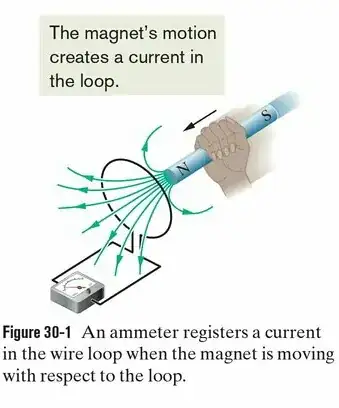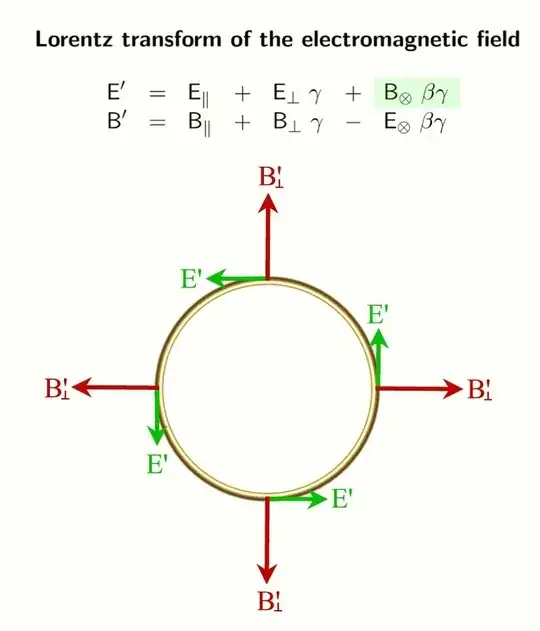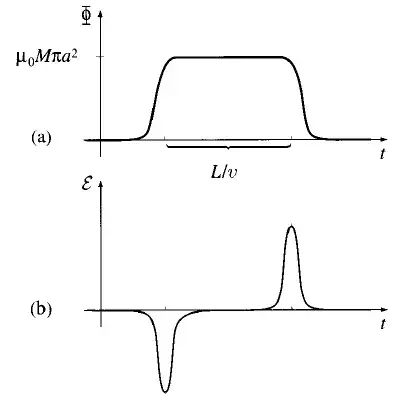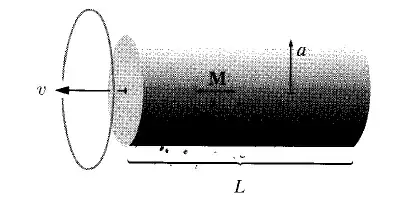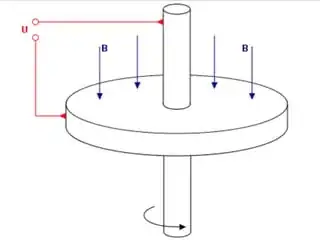A changing magnetic field induces a current in a conductor. For example, if we move a bar magnet near a conductor loop, a current gets induced in it.
Faraday's law states that
The E.M.F. $\mathcal{E}$ induced in a conducting loop is equal to the rate at which flux $\phi$ through the loop changes with time.
Along with Lenz's law,
$$\mathcal{E} = -\frac{d\phi}{dt}$$
Why is this so? The velocity of the electrons w.r.t. me, the observer is 0, so according to $\vec{F} = q\vec{v} × \vec{B}$, force should be zero in any direction on the electrons in the loop. Then what causes the current to flow and the E.M.F. to be induced? Is the force due to an electric field(the electric field in my reply to Albert in comments) or should I consider the velocity w.r.t. the source of the magnetic field?
Edit : I'm in a frame of reference which is stationary w.r.t. the loop, so from where does the electric force(due to the electric field in my reply to Albert in comments) come from?
